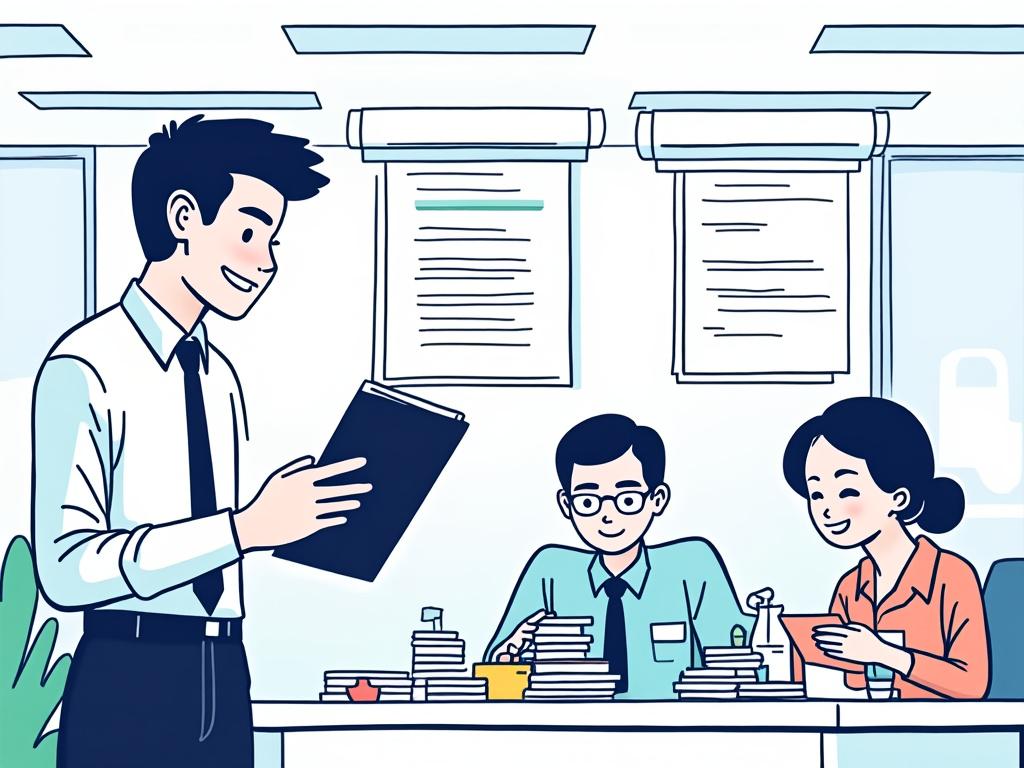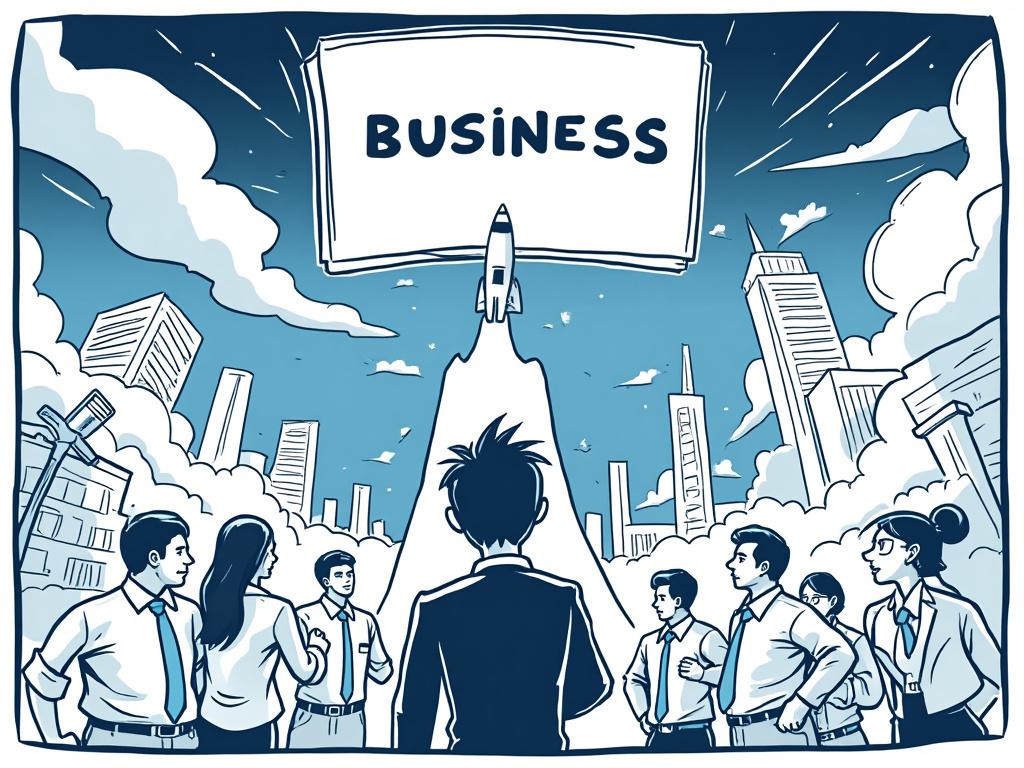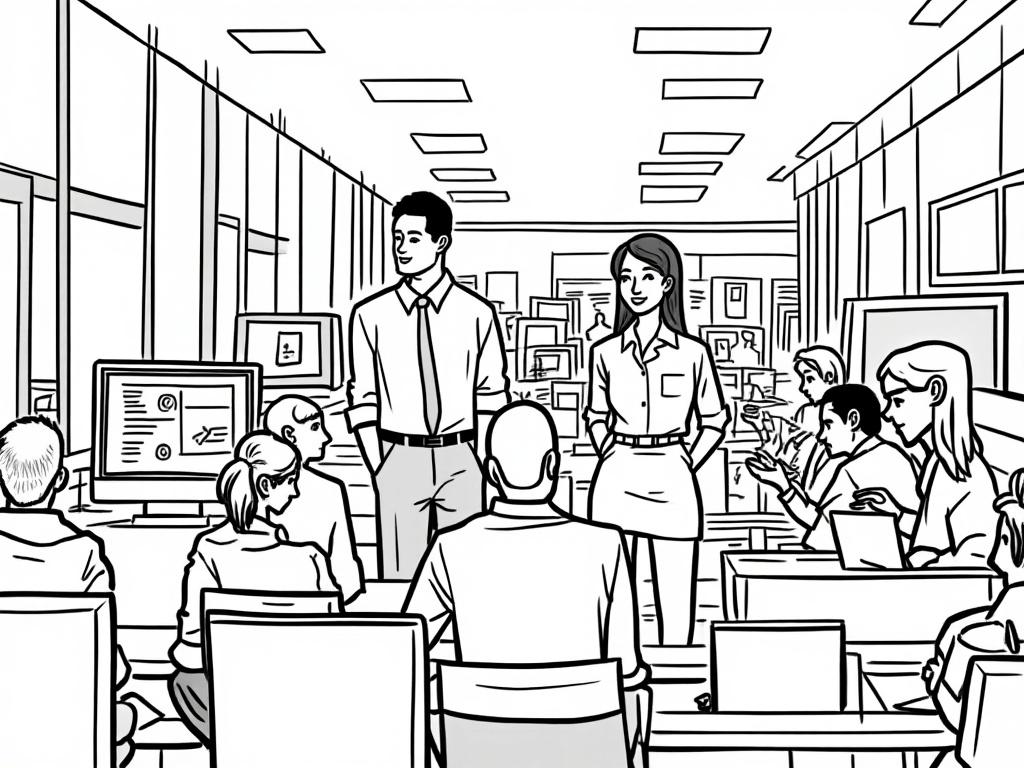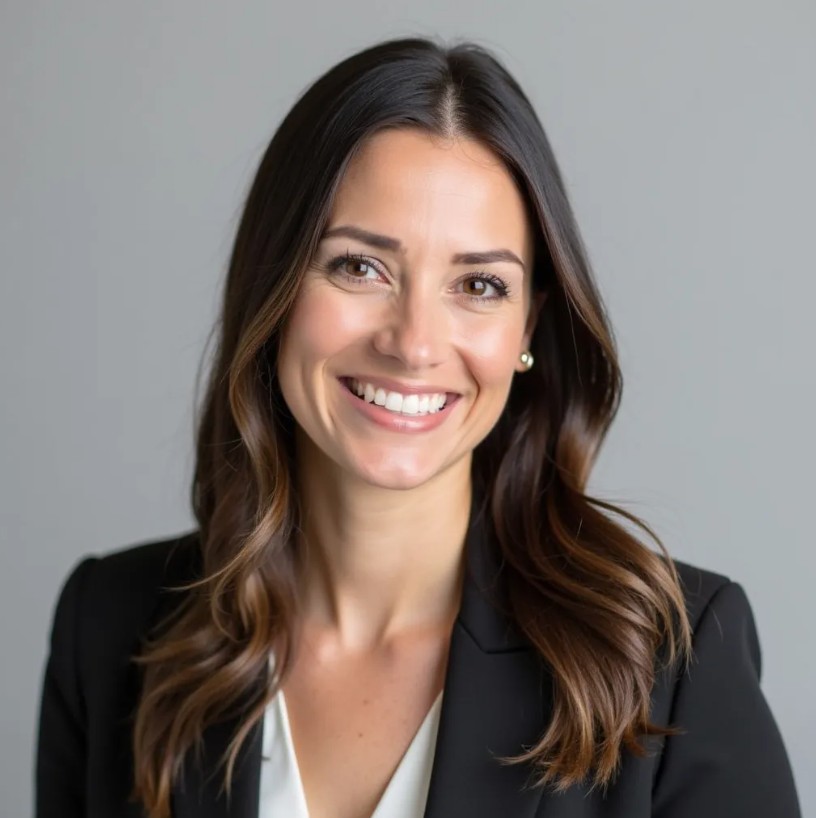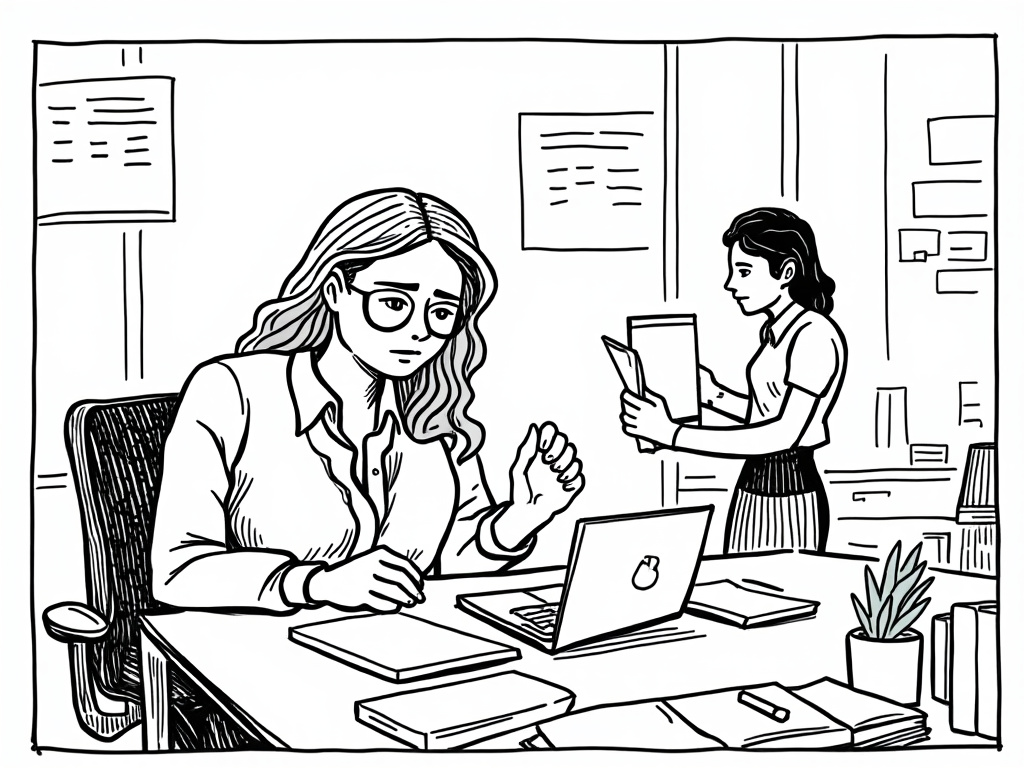
UAE Rehabilitation Centers for People of Determination: Empowering Lives Through Specialized Care
Reading time: 12 minutes
Table of Contents
- Introduction to Rehabilitation Services in the UAE
- Understanding the Concept of People of Determination
- Types of Rehabilitation Centers and Services
- Prominent Rehabilitation Centers in the UAE
- Specialized Programs and Therapeutic Approaches
- Accessibility and Enrollment Procedures
- Government Initiatives and Support Systems
- Challenges and Future Directions
- Case Studies: Transformation Through Rehabilitation
- Your Roadmap to Accessing Rehabilitation Services
- Frequently Asked Questions
Introduction to Rehabilitation Services in the UAE
The United Arab Emirates has undergone a remarkable transformation in its approach to supporting people with disabilities – or as they’re respectfully known in the UAE, “People of Determination.” This term, introduced by His Highness Sheikh Mohammed bin Rashid Al Maktoum in 2017, represents a profound shift in perspective, recognizing the resilience, strength, and unique abilities of individuals with disabilities.
The landscape of rehabilitation services in the UAE has evolved from limited specialized facilities to a comprehensive ecosystem of centers offering world-class care. This evolution reflects the nation’s broader commitment to inclusivity and human development, with rehabilitation centers serving as critical pillars in the support infrastructure.
Looking for rehabilitation services in the UAE? You’re entering a system designed to transform limitations into possibilities. These centers don’t just provide medical interventions – they’re holistic environments where physical, cognitive, emotional, and social well-being converge to create pathways to independence and dignity.
Understanding the Concept of People of Determination
The Terminology Shift and Its Impact
When the UAE government coined the term “People of Determination,” it wasn’t merely a linguistic change – it represented a fundamental reimagining of how society perceives disability. The shift from focusing on limitations to celebrating determination has permeated institutional frameworks, public policy, and social consciousness.
This terminology reflects a deeper truth: that individuals with disabilities consistently demonstrate exceptional resolve in navigating everyday challenges. The language we use shapes perceptions, and the UAE’s deliberate choice signals a progressive approach that many other nations are now studying.
The impact has been tangible: increased visibility in public spaces, growing employment opportunities, and reduced stigma. Most importantly, it has influenced how rehabilitation centers frame their mission – not as facilities that “fix” people, but as enablers of potential.
Categories of Disabilities Addressed in UAE Centers
UAE rehabilitation centers address a comprehensive range of conditions, each requiring specialized approaches:
- Physical disabilities: Including mobility impairments, spinal cord injuries, amputation, cerebral palsy, and muscular dystrophy
- Developmental disabilities: Such as autism spectrum disorders, Down syndrome, and intellectual disabilities
- Sensory impairments: Including vision and hearing loss
- Neurological conditions: Such as multiple sclerosis, Parkinson’s disease, and post-stroke conditions
- Learning disabilities: Including dyslexia, dyscalculia, and ADHD
- Communication disorders: Including speech and language impairments
Each category requires distinct therapeutic approaches, specialized equipment, and tailored environments – all of which have seen significant investment across the UAE’s rehabilitation infrastructure.
Types of Rehabilitation Centers and Services
UAE’s rehabilitation landscape encompasses several types of facilities, each serving distinct needs within the community:
Public vs. Private Rehabilitation Centers
The rehabilitation sector in the UAE operates through a dual system of public and private facilities, each with distinctive characteristics:
Public Centers: Operated by government entities like the Ministry of Community Development and the various health authorities, these centers typically offer services at subsidized rates or entirely free for Emirati nationals. They form the backbone of the national rehabilitation strategy, with standardized protocols aligned with federal inclusion policies.
Private Centers: These facilities bring diversity and specialization to the ecosystem, often introducing innovative therapies and international methodologies. While they generally involve higher costs, many offer sliding-scale fees or work with insurance providers to increase accessibility.
The relationship between public and private sectors is increasingly collaborative rather than competitive, with many specialized professionals practicing across both settings, and referral pathways becoming more streamlined.
Specialized vs. Comprehensive Centers
Another important distinction lies in the scope of services:
Specialized Centers: These focus on specific disabilities or therapeutic approaches. For instance, the Emirates Autism Center concentrates exclusively on autism spectrum disorders, while other facilities might specialize in physical rehabilitation, sensory processing, or speech therapy.
Comprehensive Centers: These offer integrated services addressing multiple aspects of rehabilitation under one roof. They typically house multidisciplinary teams including physicians, therapists, psychologists, and educational specialists, providing convenient coordination of care for individuals with complex needs.
Both models have their place in the ecosystem, with specialized centers offering depth of expertise and comprehensive centers providing holistic care coordination.
Prominent Rehabilitation Centers in the UAE
Let’s explore some of the leading rehabilitation facilities across the emirates:
Dubai and Abu Dhabi Centers
Al Jalila Children’s Specialty Hospital (Dubai) – While primarily a hospital, its comprehensive rehabilitation department has become a cornerstone for pediatric rehabilitation in the region. Their interdisciplinary approach integrates medical care with developmental therapies, creating seamless support for children with complex conditions.
Rashid Centre for People of Determination (Dubai) – Established in 1994, this center has evolved into a flagship institution offering education, vocational training, and therapeutic interventions. Their “whole child” approach addresses not just medical needs but social integration and future independence.
Quick Scenario: Consider Maryam, a 9-year-old with cerebral palsy. At Rashid Centre, her daily program includes not only physical therapy to improve mobility, but also adaptive technology training to support communication, art therapy for emotional expression, and inclusive classroom time developing social skills – all coordinated by a case manager who ensures interventions build upon each other.
Zayed Higher Organization for People of Determination (Abu Dhabi) – This government institution manages multiple specialized centers throughout Abu Dhabi, offering rehabilitation services alongside educational programs and vocational training. Their integration of rehabilitation with life skills development creates pathways to independence and employment.
Centers in Northern Emirates
Sharjah City for Humanitarian Services – A pioneering institution established in 1979, this comprehensive center serves the Northern Emirates with programs ranging from early intervention to vocational rehabilitation. Their community-based approach emphasizes family involvement and social integration.
RAK Rehabilitation Centre for Disabled – Serving Ras Al Khaimah’s community, this center combines traditional therapies with innovative technologies, particularly in the areas of sensory integration and assistive technology assessment.
Ajman Club for Disabled – Beyond rehabilitation services, this center places special emphasis on sports and recreational therapy, demonstrating the importance of physical activity and competitive sports in comprehensive rehabilitation.
Specialized Programs and Therapeutic Approaches
| Therapeutic Approach | Key Benefits | Typical Duration | Target Population | Availability in UAE |
|---|---|---|---|---|
| Neurodevelopmental Therapy | Improves motor function, postural control, and sensory integration | Long-term (6+ months) | Children with cerebral palsy, developmental delays | Widely available (85% of centers) |
| Applied Behavior Analysis | Develops communication, learning, and adaptive behaviors | Intensive (20-40 hours weekly) | Individuals with autism spectrum disorders | Available at specialized centers (60%) |
| Sensory Integration Therapy | Improves sensory processing and related behaviors | Medium-term (3-6 months) | Children with sensory processing disorders | Increasingly common (75% of centers) |
| Augmentative Communication | Enables expression through alternative methods | Ongoing support | Individuals with communication disorders | Limited availability (40% of centers) |
| Hydrotherapy | Enhances mobility, strength, and coordination | Short-term courses (8-12 weeks) | Various physical disabilities | Available in premium centers (50%) |
Emerging Therapeutic Approaches
UAE rehabilitation centers are increasingly adopting evidence-based innovations that complement traditional therapies:
Virtual Reality Rehabilitation: Centers like the Neurological Rehabilitation Center in Dubai are pioneering VR-based therapies that create immersive environments for practicing real-world skills. These technologies are particularly effective for cognitive rehabilitation and phobia management.
Robotics-Assisted Therapy: Advanced exoskeletons and robotic devices are being incorporated for gait training and upper limb rehabilitation, offering precise, consistent support that complements traditional physical therapy.
Telerehabilitation: Accelerated by the COVID-19 pandemic, remote therapy services have become permanently integrated into many centers’ offerings, improving access for those in remote areas or with transportation challenges.
Pro Tip: When evaluating centers, look beyond the list of therapies to understand their integration approach. The most effective rehabilitation occurs when various therapies are coordinated to build upon each other, rather than functioning as isolated interventions.
Early Intervention Programs
Perhaps the most significant advancement in UAE rehabilitation has been the expansion of early intervention services. These programs, typically serving children from birth to 6 years, operate on a fundamental principle: early therapeutic support can significantly alter developmental trajectories.
Centers like the Emirates Early Intervention Center have demonstrated remarkable outcomes through programs that combine:
- Comprehensive developmental assessments
- Family-centered therapy approaches
- Parent coaching and home program development
- Transdisciplinary teams that address multiple developmental domains simultaneously
The data is compelling: children receiving early intervention services in the UAE show significantly improved outcomes in communication skills, social interaction, and cognitive development compared to those who begin intervention later.
Accessibility and Enrollment Procedures
Rehabilitation Service Access Comparison
Data source: UAE Ministry of Community Development, 2022
Financial Considerations and Insurance Coverage
Understanding the financial landscape is crucial when navigating rehabilitation services in the UAE:
For UAE Nationals: The government provides comprehensive coverage for rehabilitation services through various programs. The Citizen’s Affairs Office at each emirate’s health authority can guide families through the application process for treatment funding.
For Residents with Insurance: Coverage varies significantly between insurance plans. Basic insurance packages typically cover limited rehabilitation sessions, while premium plans may include comprehensive services. However, certain therapies like Applied Behavior Analysis often require supplemental coverage or riders.
For Residents without Insurance: Several options exist, including:
- Sliding-scale payment systems at some centers based on family income
- Charitable foundations that provide financial assistance (Rashid Charity Foundation, Al Jalila Foundation)
- Government assistance programs for eligible residents
Practical Tip: When evaluating centers, ask about package rates versus individual session costs. Many facilities offer significant discounts for committed therapy packages, making intensive intervention more affordable.
Referral Pathways and Admission Criteria
Accessing rehabilitation services typically follows one of these pathways:
- Medical Referral: Primary care physicians, pediatricians, and specialists can refer patients directly to rehabilitation centers. This pathway is often required for insurance coverage.
- Self-Referral: Many private centers accept direct inquiries from families, conducting their own assessments to determine appropriate services.
- School Referral: Educational institutions may identify needs and connect families with rehabilitation resources.
Most centers have these common admission steps:
- Initial screening/consultation
- Comprehensive assessment by a multidisciplinary team
- Development of individualized intervention plan
- Regular progress reviews and plan adjustments
While admission criteria vary, centers generally require:
- Formal diagnosis or identified developmental concerns
- Recent medical reports
- Previous assessment records if available
- Age-appropriate placement availability
Important Note: Wait times for services vary significantly, from immediate access at some private centers to 3-6 month waiting periods at high-demand government facilities. Early application is strongly recommended, particularly for specialized programs.
Government Initiatives and Support Systems
The UAE government has implemented several groundbreaking initiatives that shape the rehabilitation landscape:
National Policy for Empowering People of Determination
Launched in 2017, this comprehensive policy framework established six strategic pillars:
- Healthcare and rehabilitation
- Education
- Vocational rehabilitation and employment
- Accessibility
- Social protection and family empowerment
- Public, cultural, and sports life
The policy’s implementation has transformed rehabilitation services through national standards, professional certification requirements, and monitoring mechanisms ensuring quality care. Perhaps most importantly, it established rehabilitation not as a charitable service but as a fundamental right.
As Dr. Hashel Al Tunaiji, Director of People of Determination Department at the Ministry of Community Development, explains: “Our national policy represents a shift from viewing rehabilitation as an isolated medical service to understanding it as part of a continuous support ecosystem that enables full community participation.”
Integration with Educational and Employment Systems
The most effective rehabilitation programs in the UAE are those that connect to broader life opportunities:
Educational Integration: The “Schools for All” initiative promotes inclusive education by connecting rehabilitation services with mainstream schools. Therapists often collaborate directly with educators to implement supportive strategies in classrooms.
Employment Pathways: Vocational rehabilitation programs at centers like Zayed Higher Organization and Dubai Autism Center provide critical bridges to employment. These programs emphasize practical work skills, supported employment options, and partnerships with UAE businesses committed to inclusive hiring.
Case Study: The SEDRA Foundation’s employment program demonstrates this integration in action. Ahmad, a young adult with Down syndrome, received occupational therapy services focused specifically on skills needed for his internship at a hospitality company. His therapist conducted workplace assessments, recommended appropriate accommodations, and provided on-site coaching during his initial weeks. This coordinated approach resulted in successful permanent employment, with Ahmad now serving as a workplace inclusion ambassador.
Challenges and Future Directions
Despite significant progress, several challenges persist in the UAE rehabilitation landscape:
Current Limitations and Gaps
Geographic Disparities: Rehabilitation services remain concentrated in Dubai and Abu Dhabi, with fewer specialized options in the Northern Emirates. This creates accessibility challenges for families living outside major urban centers.
Workforce Development: The demand for qualified rehabilitation professionals exceeds supply, particularly for specialized therapies. This results in waiting lists at many centers and difficulty maintaining optimal therapist-to-client ratios.
Transition Services: While early intervention services have expanded significantly, programs supporting transitions between life stages—particularly from adolescence to adulthood—remain underdeveloped.
Cultural Adaptation: Many therapeutic approaches originated in Western contexts and require thoughtful cultural adaptation to align with UAE family structures and values.
Innovation and Future Trends
The future of rehabilitation in the UAE is being shaped by several promising developments:
Research Partnerships: Collaborations between rehabilitation centers and institutions like Khalifa University and UAE University are generating locally-relevant evidence on intervention effectiveness.
Technology Integration: Beyond VR and robotics, centers are exploring artificial intelligence applications for personalized therapy planning and progress monitoring.
Community-Based Rehabilitation: Following global best practices, the UAE is shifting toward models that embed rehabilitation supports within community settings rather than isolated clinical environments.
Universal Design: The emphasis is moving beyond accessible facilities toward environments designed from the beginning to accommodate diverse needs, reducing the necessity for specialized adaptations.
The evolution of rehabilitation services in the UAE represents not just a health system improvement, but a reflection of the nation’s broader commitment to human potential and inclusive development.
Case Studies: Transformation Through Rehabilitation
Behind the statistics and programs are real individuals whose lives have been transformed through UAE rehabilitation services:
Early Intervention Success: Maha’s Story
Maha was diagnosed with autism spectrum disorder at 26 months. Her parents immediately enrolled her in the early intervention program at Emirates Autism Center, where she received 25 hours weekly of integrated services including speech therapy, occupational therapy, and applied behavior analysis.
The center’s family-centered approach meant that Maha’s parents received extensive training to continue therapeutic strategies at home. Her mother recalls: “The difference between passive observation and active participation transformed our family’s experience. We became confident in supporting Maha’s development in everyday moments.”
By age five, Maha had made remarkable progress in communication and social skills, transitioning successfully to an inclusive kindergarten with minimal support. Her case demonstrates the critical impact of intensity, timing, and family involvement in early intervention.
Adult Rehabilitation Journey: Saeed’s Experience
Saeed’s story represents a different rehabilitation pathway. Following a spinal cord injury at age 32, he accessed comprehensive physical rehabilitation at Thumbay Physical Therapy and Rehabilitation Hospital.
His program combined traditional physical therapy with innovative technologies including a robotic exoskeleton for gait training. Equally important was the psychological support addressing adjustment to disability and vocational counseling to adapt his career in engineering.
Today, Saeed uses a wheelchair but has returned to full-time employment, drives an adapted vehicle, and mentors newly injured patients. His experience highlights the importance of addressing psychological and vocational aspects alongside physical rehabilitation.
These cases illustrate a common theme: effective rehabilitation isn’t about isolated therapies but coordinated, personalized approaches that connect clinical interventions to real-life participation and quality of life.
Your Roadmap to Accessing Rehabilitation Services
Navigating rehabilitation services can feel overwhelming. Here’s a practical action plan to guide your journey:
Step 1: Assessment and Diagnosis
- Consult with a specialist physician (neurologist, developmental pediatrician, psychiatrist) for formal diagnosis
- Request detailed written reports specifying recommended therapies and interventions
- Consider seeking a second opinion for complex conditions
Step 2: Research and Selection
- Create a list of centers specializing in the relevant condition
- Verify each center’s licensing status through the relevant health authority
- Arrange observation visits to evaluate environment and approaches
- Interview current or former clients about their experiences
Step 3: Financial Planning
- Contact your insurance provider to verify coverage for specific therapies
- Inquire about government assistance programs if applicable
- Request transparent fee schedules and payment options from centers
- Explore charitable foundations that might provide financial assistance
Step 4: Coordinated Care
- Request integration between your rehabilitation team and other providers (educators, medical specialists)
- Establish clear communication channels with your therapy team
- Create a system for tracking appointments, progress, and home programs
- Join relevant support groups to connect with other families
Remember, rehabilitation is a marathon, not a sprint. The most successful outcomes come from consistent engagement, family involvement, and regular reevaluation of goals and strategies.
As you embark on this journey, consider not just what rehabilitation services can provide today, but how they create foundations for lifelong participation, independence, and quality of life. The UAE’s vision for People of Determination isn’t about managing disability—it’s about enabling every individual to contribute their unique strengths to society.
How will you leverage the UAE’s rehabilitation resources to write your own success story or support someone on their journey? The pathway may have challenges, but with the right support, determination truly becomes your greatest strength.
Frequently Asked Questions
How do I determine which rehabilitation center is right for my family member?
The best approach is multi-faceted. First, ensure the center specializes in your family member’s specific condition. Request to observe therapy sessions and meet potential therapists. Evaluate staff qualifications, therapist-to-client ratios, and whether they use evidence-based approaches. Consider practical factors like location, scheduling flexibility, and whether they offer home programs. Most importantly, trust your instincts about the center’s philosophy and whether it aligns with your values. Many centers offer trial periods or assessment packages that can help you make an informed decision before committing to long-term services.
What financial assistance options exist for rehabilitation services in the UAE?
Several pathways exist depending on your status. UAE nationals can access government funding through the Ministry of Community Development or emirate-specific programs. Expatriate residents should first check their insurance coverage, as comprehensive plans often include rehabilitation benefits. For those with limited or no insurance, consider applying to charitable foundations like Al Jalila Foundation, Noor Dubai, or Emirates Red Crescent, which offer medical assistance programs. Some centers offer sliding-scale fees based on financial need or payment plans that make intensive therapy more affordable. Additionally, certain banks offer medical loans with favorable terms for therapeutic services.
How does rehabilitation in the UAE compare to international standards?
The UAE has made remarkable progress in aligning rehabilitation services with international best practices. Many centers are now accredited by global organizations like the Commission on Accreditation of Rehabilitation Facilities (CARF) or Joint Commission International (JCI). The country has successfully attracted highly qualified international professionals while simultaneously developing local expertise. Advanced technologies and treatment modalities are widely available, particularly in Dubai and Abu Dhabi. Where the UAE particularly excels is in creating culturally appropriate adaptations of evidence-based practices, respecting family structures and values while delivering effective interventions. Areas still developing include transition services and rehabilitation options in some of the northern emirates.
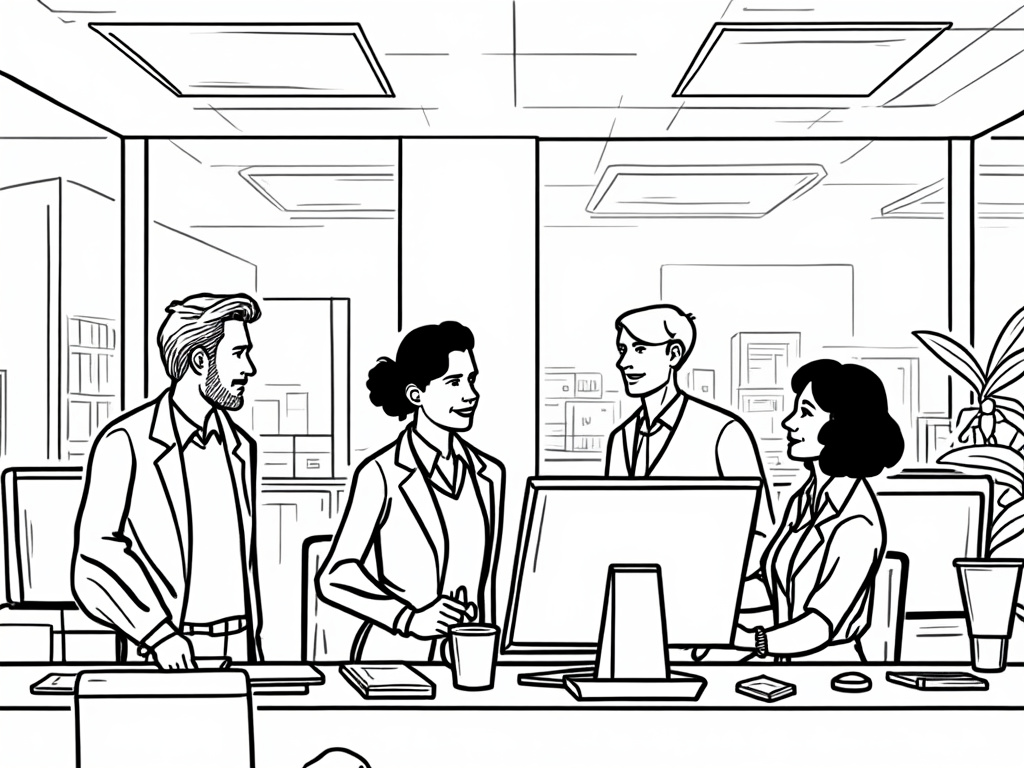
Article reviewed by James Callahan, Visionary Real Estate & Wealth Strategist, on May 15, 2025
